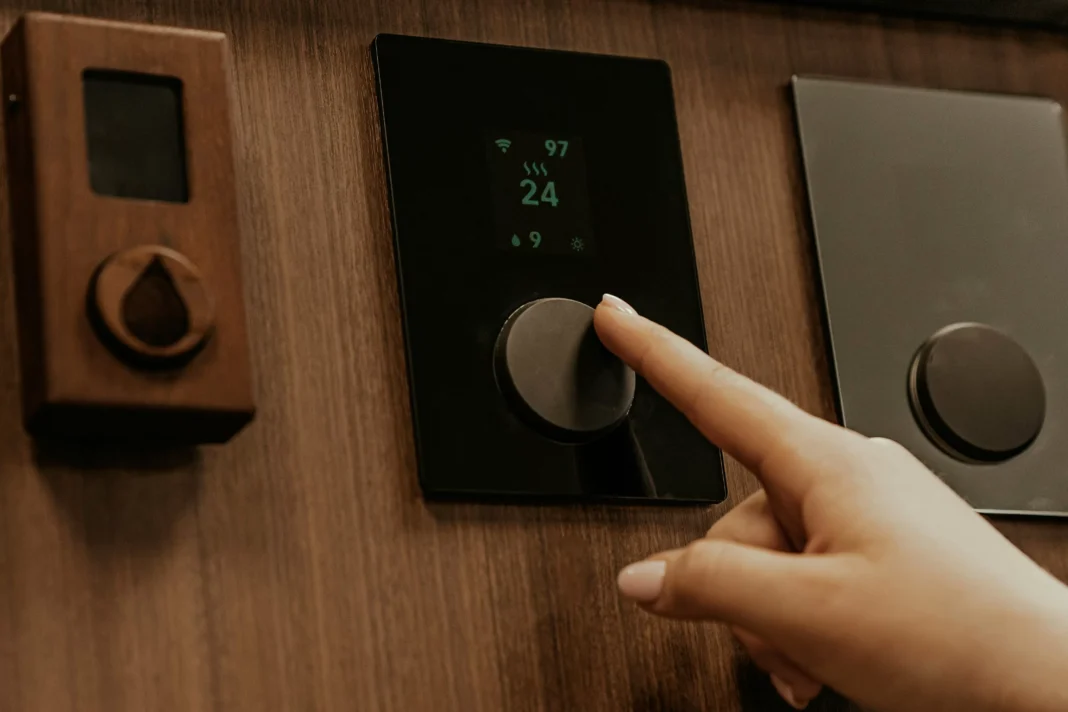The debate over office temperature is a common one, especially as the seasons change. Some people prefer a warmer environment, while others feel more comfortable in cooler temperatures. But did you know that this disagreement may have a deeper root than just personal preference? It turns out that men and women have different temperature preferences on average, and unfortunately, office heating systems are often designed with men in mind. This can leave women feeling chilly and uncomfortable in shared workspaces. So, what can be done about this issue?
According to a recent post on Reddit, user u/DevilishlyHandsome63 is in a constant battle with a female colleague over the office temperature. She feels extremely cold and wants the heating to stay on, while he finds it too hot and suggests opening a window or wearing a jumper. This is a familiar scenario for many of us, and it can be frustrating for both parties involved. To shed some light on this issue, we spoke to Alan Price, CEO at Bright HR, and Charly Huang, HR expert and Senior Business Advisor of AceBallMarkers.com, to get their insights on how to handle this contentious issue.
First and foremost, it’s important to understand that there is no “correct” temperature. Comfort is subjective, and what may be too hot for one person may be too cold for another. As Huang points out, “yelling that from the rooftops makes the difference.” The key is to find a temperature that the majority of people feel comfortable with. However, this can be challenging when both parties have different temperature preferences.
Price emphasizes the importance of effective communication in these situations. “Small disagreements can easily escalate into larger conflicts and unacceptable workplace behavior, so being able to effectively manage this in the workplace will be crucial for employers.” It’s essential to listen to each other’s concerns and try to find a compromise that works for both parties.
Huang also suggests providing equipment such as desk fans or portable heaters to help individuals adjust their personal workspace temperature. This can be a practical solution to unwind tension and make the workplace more comfortable for everyone. Additionally, Price reminds us that some employees may have health conditions that make them more sensitive to certain temperatures. In these cases, employers may need to consider making reasonable adjustments to support the individual.
But what if the argument becomes too heated (pun intended)? Price and Huang both agree that this disagreement can quickly escalate and become a bigger issue. “There will be conflicting opinions in the workplace, but there is a way in which an employee can appropriately raise them,” advises Price. If the situation persists and the employee fails to address it appropriately, mediation or a disciplinary process may be necessary.
To prevent this from happening, Huang suggests approaching the issue with empathy and humor. Both parties are uncomfortable, and it’s essential to put the situation into perspective. “Solving heating problems with empathy and humor can go a long way in preventing conflicts,” says Huang.
In conclusion, while there may not be a perfect solution to the office temperature debate, it’s crucial to listen to each other’s concerns and find a compromise that works for everyone. Employers should also consider the needs of their employees and make reasonable adjustments when necessary. And remember, a little empathy and humor can go a long way in preventing conflicts and creating a more comfortable and productive workplace for all.



